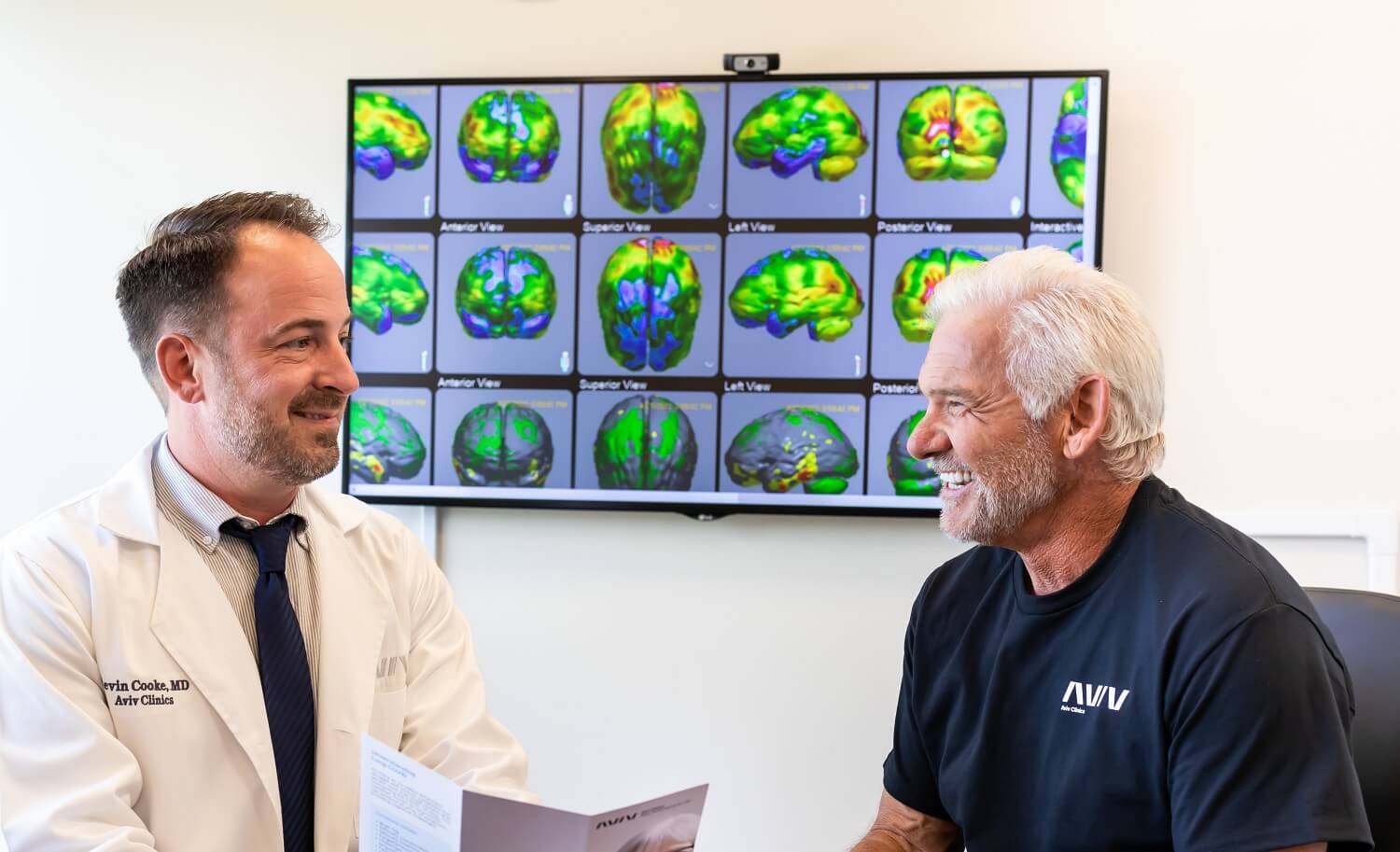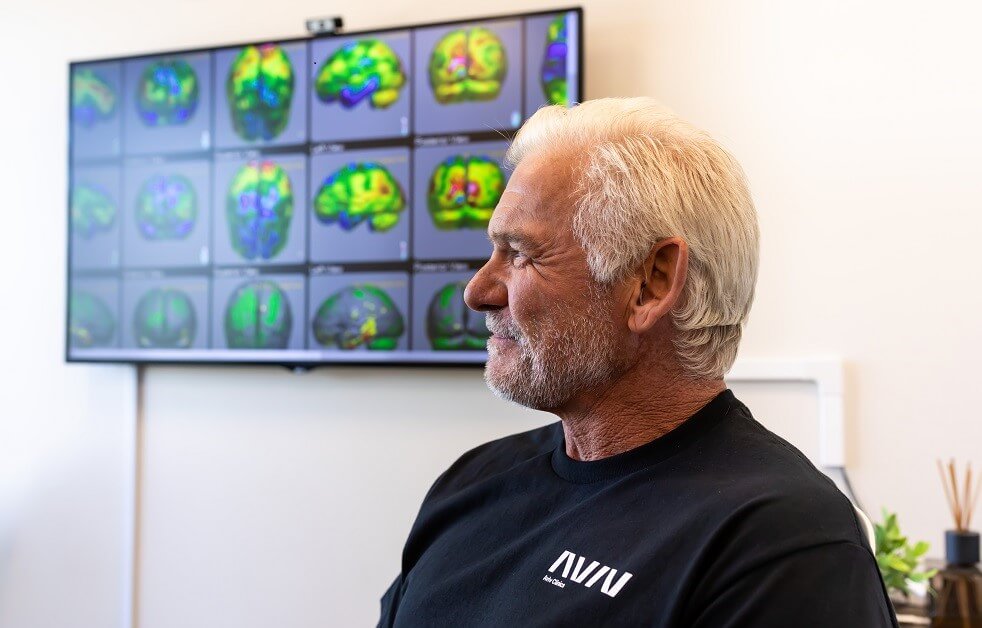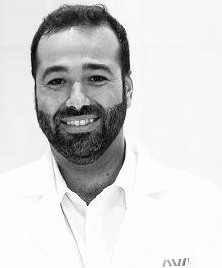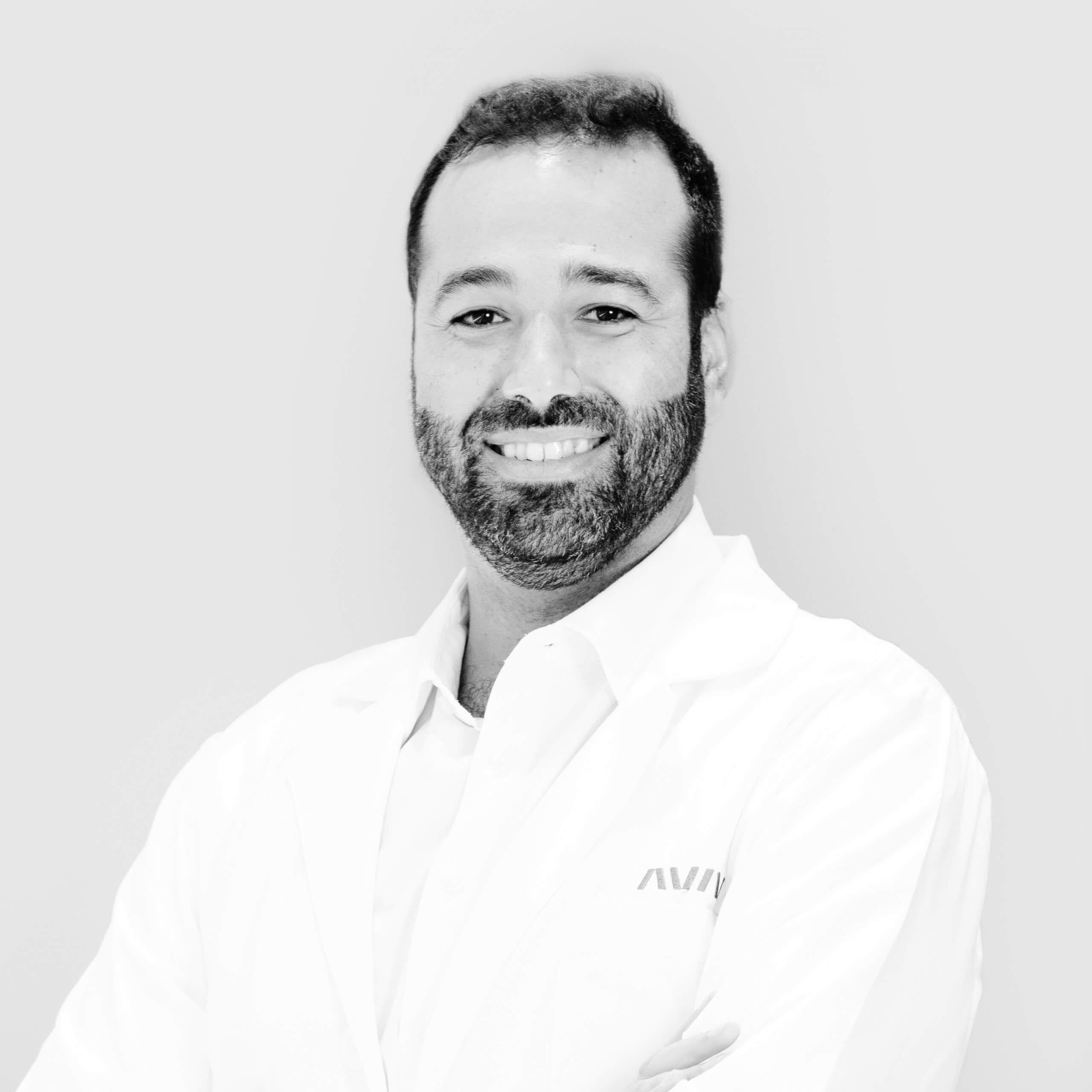
Mapping the Road to Stroke Recovery: The Role of Radiography in Comprehensive Care


When someone experiences a stroke, a timely series of steps in treatment, recovery, and risk management are essential.
Greater stroke awareness has heightened people’s knowledge about the fundamental rule of stroke care: brain.” Immediate action is vital. Yet, that’s just the first stage on the stroke management timeline.
A crucial element in stroke management is radiography—using different types of imaging modalities to capture and assess damage to the brain.
Stage 1: Stroke Diagnosis and Immediate Treatment
When initially diagnosing a stroke, radiographers typically employ:
General CT Scan: A CT scan (also called a CAT scan) provides a quick view of the brain to ensure there’s no active bleeding, as well as to rule out any sort of brain mass that might be causing stroke-like symptoms.
MRI: Sometimes an acute stroke will not show up on a CT scan, but it will be identifiable with an MRI.
MRA or CTA: Once a stroke diagnosis has been made, the next step is to assess the clot “burden.” MRA or CTA can be used to determine if the clot is still present, how large it is, if it can be retrieved, or if the patient is eligible for a clot-dissolving medication called tPA.
Stage 2: Stroke Rehabilitation and Recovery

All of the above imaging methods apply to the immediate stages of a stroke. Once a patient enters the recovery and rehabilitation phases of stroke management, additional scans are available to assess the level of damage—and the strategies that may be helpful in addressing the damage. These include:
3T MRI: MRI technology is categorized by the strength of the magnet in the MRI machine, using a measurement known as a Tesla. Most standard MRIs are 1.5 Tesla. A 3 Tesla (3T) MRI is more advanced and provides a better view of the brain’s structure to detect evidence of stroke. It also allows clinicians to look at blood flow through the brain and assess nerve fiber tract connections. This advanced imaging is used at Aviv Clinics for the aforementioned reasons, and to measure new brain cell growth.
SPECT Scan: This scan uses an intravenous contrast agent that provides insight into brain cell function and reduced blood flow. Whereas the 3T MRI identifies the “real estate” of the brain that’s been taken up by the stroke, the SPECT can determine how much of that real estate is completely dead tissue versus tissue that’s only been injured—and therefore may be able to be repaired. It shows the “mismatch” between the brain’s structure, captured by MRI, and its function.
When used in combination, these two scans help guide a treatment plan that addresses a patient’s deficits. For example, the stroke may have impacted a person’s cognitive function in different areas of the brain (e.g., verbal memory, non-verbal memory, attention, processing speed). Stroke may also cause physical challenges such as weakness, paresis, or disruption of one’s gait. Whatever the patient’s unique circumstances are, a strategic plan—like the Aviv Medical Program—works to stimulate those specific areas of the brain and optimize recovery.
Stage 3: Assessing Post-Stroke Progress

Upon completion of a treatment protocol, patients undergo follow-up scans to assess structural improvements. An MRI technique called diffusion tensor imaging (DTI) tractography measures two key elements:
- Strength of signals among nerve fiber tracts, connectivity, and direction of signals
- Density—how many brain cells were generated along the treatment timeline
Even during treatment, clinical improvements and changes may provide indications that treatment is progressing towards positive outcomes. For instance, if a patient sees better mobility in an affected arm or leg, clinicians can assume there are improvements in the part of the brain that controls that limb, and will later see those improvements in advanced brain imaging.
Who Might Not Be a Candidate?
Patients are at the center of stroke rehabilitation and management, so it is important to understand who might not be a good candidate for certain scans. Anyone who has metal in their body may not be a candidate for MRI due to the magnetic component. Patients who have kidney issues likely will not receive contrast with their MRI, but imaging should still provide adequate results. Additionally, SPECT involves radiation, which may be a consideration with younger patients.
Because these scans require containment in a confined space, they can trigger symptoms of claustrophobia. If a patient is claustrophobic, they are encouraged to have that important conversation with their doctor and the radiographer or radiologist before the scan begins.
The Roadmap to Stroke Management

Advancements in radiography allow for an in-depth assessment of stroke and its resulting damage to the brain. Clinicians can use that information as a map to recovery—including all the different types of protocols required to maximize rehabilitation—and to track recovery in post-treatment assessments.
A good analogy is to think of stroke recovery as a road trip. Imaging maps the “stops” you’ll make along the way. You’ll need a good vehicle, or care team, to get you to your destination. The rest stops along the way are physical recovery milestones. Visiting different monuments are cognitive aspects of recovery. And pulling over for gas is the hyperbaric oxygen element that gives your brain the energy it needs to repair itself. The “snack” you’ll want to pack for the road trip is your healthy diet plan to fuel a healthy brain and body.
All of these parts work together to ensure a successful post-stroke road trip. And, while radiography is a crucial foundational factor in stroke management, it is just one part of the diagnostic, treatment, and recovery process.
Contact us to learn more about the imaging technology available at Aviv Clinics, the Aviv Medical Program, and our comprehensive approach to stroke treatment using a custom combination of physical training, cognitive training, diet and hyperbaric oxygen therapy (HBOT).



